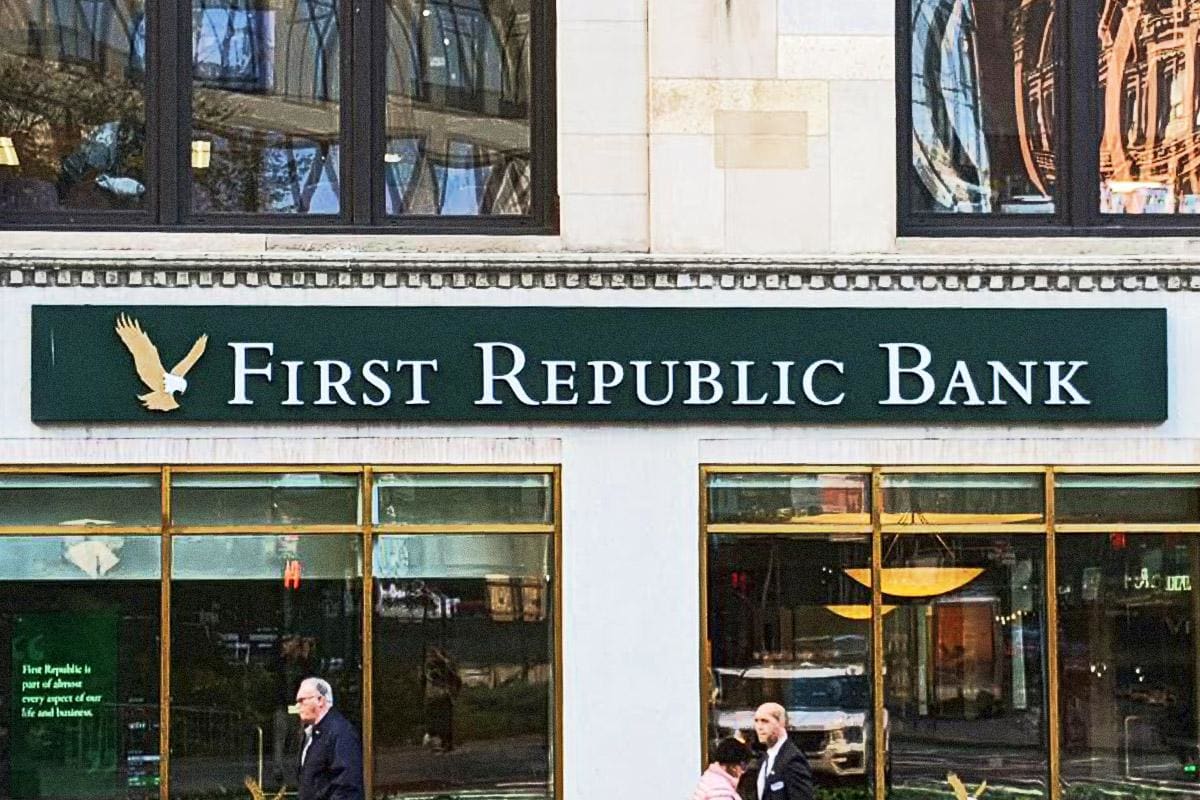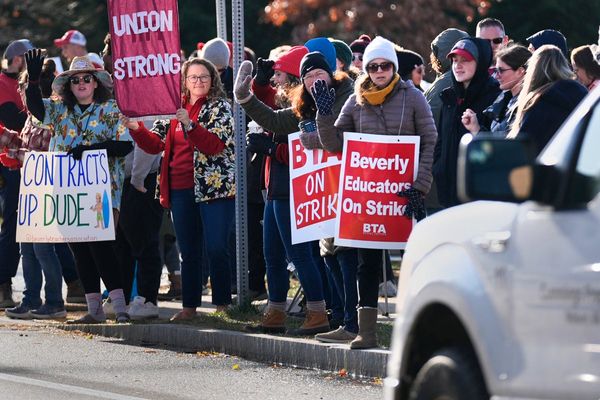
The pressure continues to mount around First Republic Bank.
The San Francisco-based bank is at the center of the crisis of confidence, currently rocking the banking sector, since the sudden collapse of Silicon Valley Bank, after bad bets on interest rates.
For investors worried about what they don't know, First Republic Bank, which has a portfolio of municipal bonds, presents a similar profile to SVB. As a result, they are convinced that it will be the next bank to fall.
Regulators tried to reassure investors by orchestrating a rescue plan led by the big banks. On Mar. 16, a coalition of 11 U.S. banks contributed $30 billion in deposits to First Republic Bank, to shore up its liquidity.
Rescue Plan
The major banks -- Bank of America, JPMorgan Chase, Wells Fargo and Citigroup -- participated in the rescue plan, each contributing $5 billion. Goldman Sachs and Morgan Stanley each contributed $2.5 billion.
"This show of support by a group of large banks is most welcome, and demonstrates the resilience of the banking system," the Treasury Department said in a statement, while the coalition of lenders said that "America’s larger banks stand united with all banks to support our economy and all of those around us."
This demonstration of solidarity did not succeed in stabilizing First Republic Bank, whose share price has fallen by 80% since the failure of SVB.
The fall should continue since S&P Global Ratings has just downgraded the rating of First Republic Bank for the second time in a week, as it believes that the rescue plan will not solve the liquidity problems which the firm will face.
The bank's credit rating was lowered to B+ from BB+, and it remains on CreditWatch negative, meaning S&P could lower the rating further if the bank is unable to demonstrate some progress in stabilizing deposits and recovering the franchise value that, in our view, has likely eroded.
S&P Not Convinced
At S&P, B+ means that the company is "more vulnerable to adverse business, financial and economic conditions but currently has the capacity to meet financial commitments."
The situation can deteriorate quickly.
"The $30 billion in deposits that First Republic reported it will receive from 11 large U.S. banks should ease near-term liquidity pressures," the rating agency explained in a research note on Mar. 19. "But it may not solve the substantial business, liquidity, funding, and profitability challenges that we believe the bank is now likely facing."
S&P said First Republic Bank is facing outflows from its rich clients, whose deposits are uninsured -- that is, over $250,000 -- and, as a result, the rating agency believes the firm faces "substantial long-term challenges.'
"Following Thursday’s uninsured deposit of $30 billion by the 11 largest banks in the country, together with cash on hand, First Republic Bank is well positioned to manage short-term deposit activity," a First Republic Bank spokesperson said in an emailed statement. "This support reflects confidence in First Republic and its ability to continue to provide unwavering exceptional service to its clients and communities."
S&P indicates that there are only two scenarios which could lead it to not downgrade First Republic Bank's rating further.
he bank must make "meaningful progress in rebuilding its deposit base with traditional core business and consumer deposits."
On Mar. 15, S&P had already downgraded the rating of First Republic Bank, followed by Fitch Ratings as well.
The two credit-rating companies are concerned about First Republic Bank's amount of uninsured deposits, those accounts that exceed the $250,000 FDIC limit. Holders of these accounts might become concerned and decide to withdraw their money, creating a run on the bank.
"The bank’s business position will suffer after the volatile swings in its stock price and heightened media attention surrounding deposit volatility,” S&P said then. "Its business stability has weakened as market perceptions of its creditworthiness have declined.”
"We believe the risk of deposit outflows is elevated at First Republic – despite actions by federal regulators."
Fitch said the bank has a very high concentration of wealthy customers, which is a "weakness" because their deposits aren't guaranteed. If those wealthy customers panic, it's unclear whether First Republic can respond to their withdrawal requests all at once.
"This not only drives a high proportion of uninsured deposits as a percentage of total deposits but also results in deposits that can be less sticky in times of crisis or severe stress,” Fitch explained.
As of Dec. 31, 2022, First Republic Bank had $212.6 billion in assets. Its 2022 revenue was $5.9 billion, up 16.5% from 2021, while the bank recorded 2022 net income of $1.7 billion, up 12.7%.
Founded in 1985, the bank offers private personal banking, private business banking and private wealth management. It is present in eight states: California, Oregon, Massachusetts, Florida, Connecticut, New York, Wyoming and Washington.
FRC has said that its client base is more diverse than that of Silicon Valley Bank, which relied heavily on startups and venture-capital firms.







